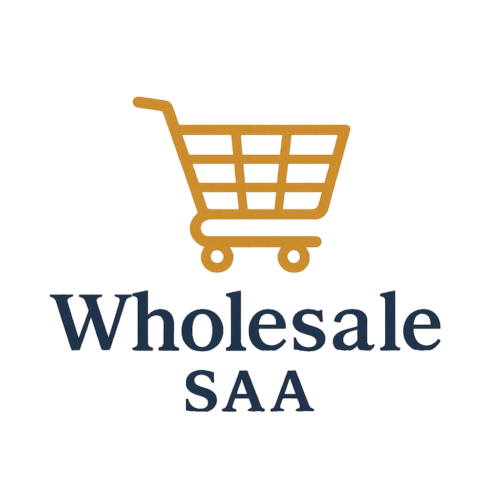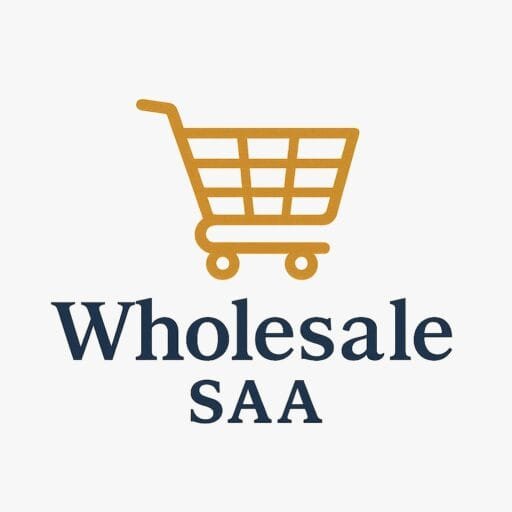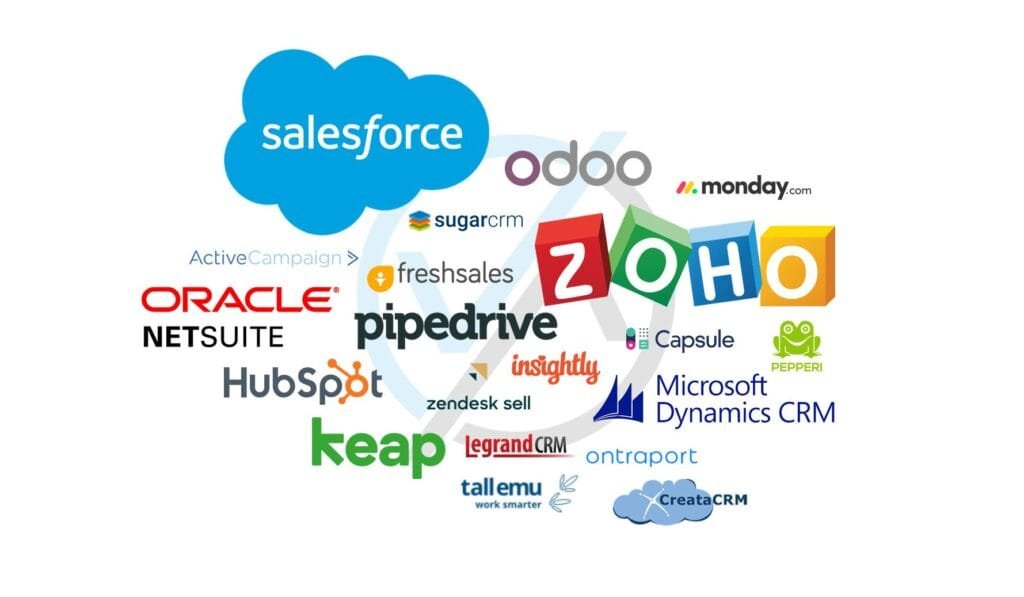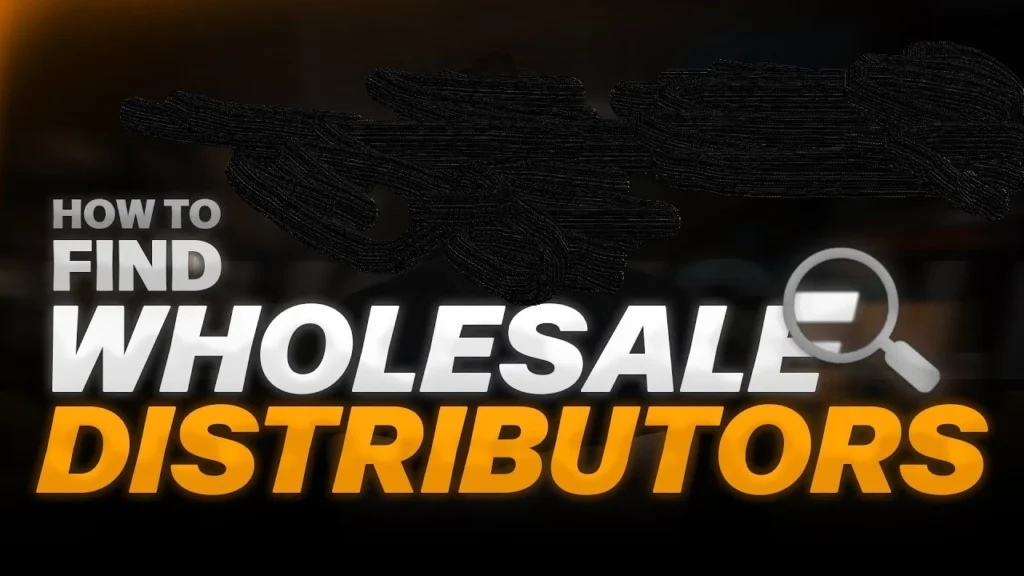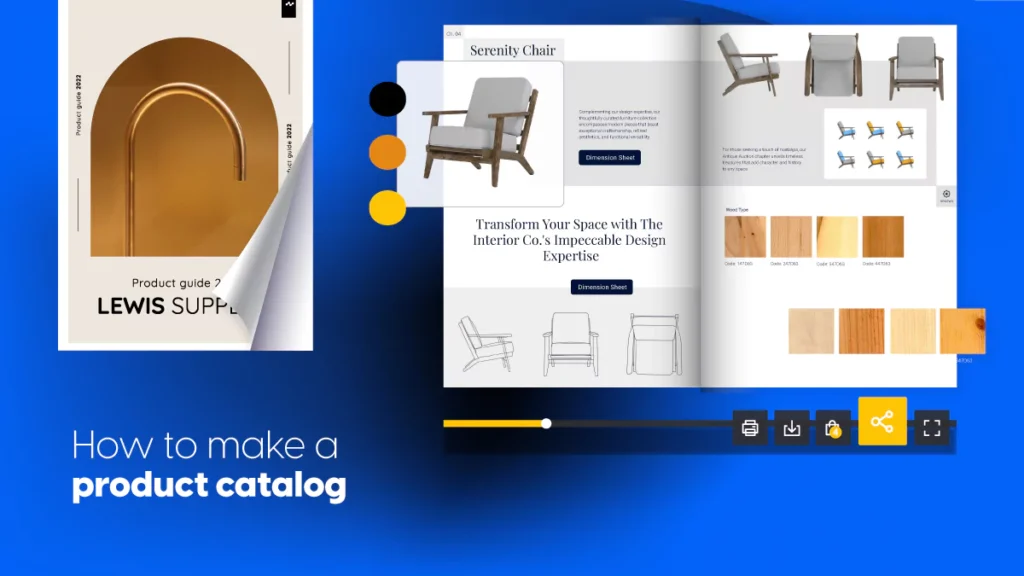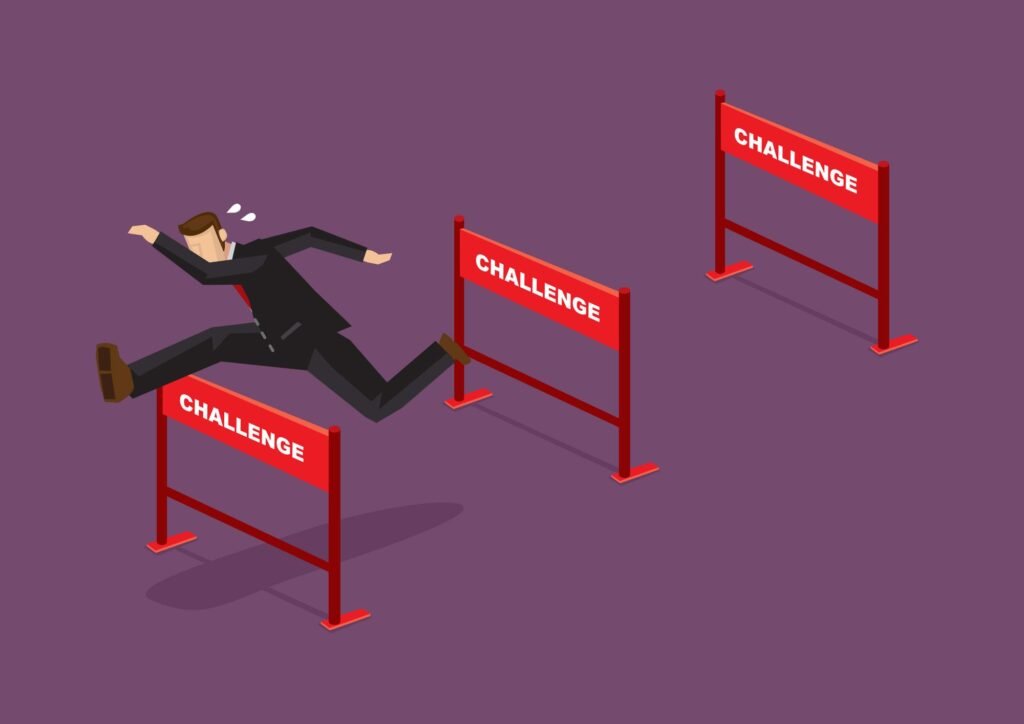Gone are the days of faxed price sheets, grumpy trade reps, and phone calls that start with “Do you have a minute to chat about our MOQ?” In 2025, B2B marketplaces and wholesale platforms are thriving and transforming how businesses buy and sell to each other.
From indie candle brands selling to retailers in Paris to bulk eco-toy orders happening with a single click, the wholesale world is getting a serious glow-up.
This blog explores:
What B2B marketplaces are
The big shifts transforming the space
The tech trends making it sexy (yes, we said it)
What the future holds for brands and buyers alike
Whether you’re a small biz owner, wholesaler, or someone stalking this space—get ready for a front-row seat to the evolution of B2B commerce.
What Is a B2B Marketplace?
B2B = business-to-business.
So, a B2B marketplace is a platform where businesses buy from and sell to other businesses, usually in bulk, at wholesale rates.
Think Amazon, but for retailers and resellers. Think Etsy, but for business orders.
Examples You May Know:
Faire — For indie brands & boutiques
Tundra — Commission-free wholesale
Handshake (by Shopify) — Seamless integration with your Shopify store
Alibaba — The OG global sourcing beast
Abound — USA- and UK-based marketplace for lifestyle products
If you’ve got a product and want it in shops (without cold emailing 400 stores), a B2B marketplace might be your new BFF.
Why B2B Is Going Digital (Spoiler: It’s About Survival)
Here’s the real tea: old-school wholesale was slow, inefficient, and hella intimidating—especially for new brands.
Now, post-pandemic and mid-digital revolution, businesses crave speed, automation, and global access.
Top Reasons for the Shift:
Global reach: Sell from Lagos to London without leaving your desk
Ease of onboarding: Set up a store once, and start receiving POs (purchase orders)
Less gatekeeping: No need to “know a buyer” to get stocked
24/7 operation: Orders while you sleep? Yes, please
And guess what? Retailers are loving it too. No more schlepping to trade shows or digging through spreadsheets.
What’s Next? 7 Game-Changing Trends in B2B Marketplaces
1. AI-Powered Discovery & Recommendations
Think Netflix vibes but for bulk buying. AI is helping buyers:
Discover trending products
Auto-restock hot sellers
Predict seasonal demand
Example: “You restocked this mug 3 times last quarter. Want to reorder before Valentine’s?”
Thanks, robot assistant.
2. Embedded Payments + Buy Now, Pay Later (BNPL)
B2B finance is finally catching up to B2C. Platforms now offer:
Instant net terms (like net-30)
BNPL for retailers
Auto-invoicing and reminders
It’s fintech meets wholesale—and it’s lowering the barrier for small stores to stock up.
3. Hyper-Niche, Industry-Specific Marketplaces
Say hello to B2B platforms that only cater to one type of product or industry.
Examples to watch:
Bulletin — women-owned brands only
The Main Tab — Emerging Fashion Designers
Novica — artisan handmade goods from around the world
Vertical > General = future-friendly.
4. Mobile-First Shopping for Buyers
More buyers are ordering on phones during their morning commute or between latte runs.
So, mobile-optimized wholesale experiences = non-negotiable.
If your product listings look janky on mobile, you’re losing orders before they even hit your cart.
5. Direct Manufacturer-to-Retailer Models
Middlemen? Where?
We’re moving toward a maker-to-retailer economy where brands can:
Set their prices
Control production
Own the buyer relationship
Tundra’s 0% commission model is already blazing this trail.
6. Blockchain & Traceable Supply Chains
Especially in food, fashion, and health, transparency is currency.
Blockchain tech will let buyers verify:
Where products were made
Worker conditions
Carbon impact
It’s like LinkedIn for your product’s origin story.
7. ESG & Sustainable Sourcing = Must-Have
Buyers (especially Gen Z-led brands) are prioritizing suppliers who:
Use eco-packaging
Ethically source materials
Support local makers or marginalized groups
Brands with purpose will have the edge.
Small Brands Are Thriving—Here’s How
The B2B revolution isn’t just for big corporations. Indie creators, small shops, and side hustlers are:
Getting picked up by hundreds of retailers
Scaling internationally (without agents)
Building multi-6-figure wholesale streams
Examples:
A handmade textile brand in Nairobi now ships to LA boutiques via Abound
A ceramicist in Italy sells to over 150 stores using Faire
A Black-owned stationery brand doubled revenue in 12 months, with no paid ads
The playing field is finally getting a little more level.
How to Get Discovered on B2B Marketplaces (SEO Tips Included)
Getting on a platform isn’t enough. You need to show up in searches, both in-platform and on Google.
SEO Must-Dos for B2B Sellers:
Use product keywords in your titles
Example: Hand-poured soy candle – vanilla lavender – wholesale USAOptimize image alt text
Example: Colorful abstract planner covers for boutique stationery shopsInclude location and categories
Example: Fair trade jewelry from Bali or Organic pet treats – Canada onlyWrite detailed product descriptions
Think benefits, use cases, and wholesale-specific details.
SEO = Silent Salesperson That Works 24/7
Best Platforms to List Your Wholesale Biz in 2025
| Platform | Best For | Fees | Region Focus |
|---|---|---|---|
| Faire | Lifestyle, home, beauty | ~15% first order | US, EU, Canada |
| Tundra | Zero-fee, low-friction wholesale | 0% | Global |
| Handshake | Shopify-based brands | Varies | US |
| Abound | Boutique, curated brands | 10% | North America, UK |
| Novica | Artisans and ethical brands | Varies | Global |
| Bulletin | Women-founded & mission-led | Varies | USA |
Start with one, optimize your listings, then expand.
Prepping Your Business for B2B: A Checklist
Want to join the wholesale game? Here’s what you’ll need to stand out:
Must-Have Essentials:
Wholesale pricing sheet with MOQs and lead times
Line sheet or catalog (PDF or digital)
Professional email & contact method
High-quality product images (mockups help!)
Clear product tags, keywords, and SEO-friendly descriptions
Mobile-friendly website or portfolio
Looking Ahead: What B2B Will Look Like by 2030
AI handles ordering, restocking, and fulfillment
Voice shopping: “Reorder 50 floral notepads.”
One-tap reorders via WhatsApp, Slack, or IG DMs
Smart invoices that pay themselves
Fully transparent supply chains with embedded sustainability scores
More creator-to-retailer collabs, fewer middle layers
B2B is not going back to the dusty catalogs. It’s going full futurist.
Final Thoughts: B2B Has Entered Its Main Character Era
What was once the least sexy part of commerce is now one of the most innovative. Between tech advances, creative empowerment, and global access, wholesale is where the growth is.
If you’re a maker, seller, or buyer:
Explore platforms now, not later
Invest in a solid product catalog and branding
Treat your wholesale game like a second storefront — because that’s what it is
B2B marketplaces aren’t just the future — they’re the right now.
Call to Action: Ready to Get Started?
Choose a B2B platform and list your products this week
Build a digital line sheet (Canva works!)
Subscribe to industry news (Marketplace Pulse, Modern Retail, etc.)
Make wholesale part of your sales strategy—not an afterthought
Your next 100 orders might not come from DMs—they’ll come from platforms you haven’t even joined yet.
Happy wholesaling!
